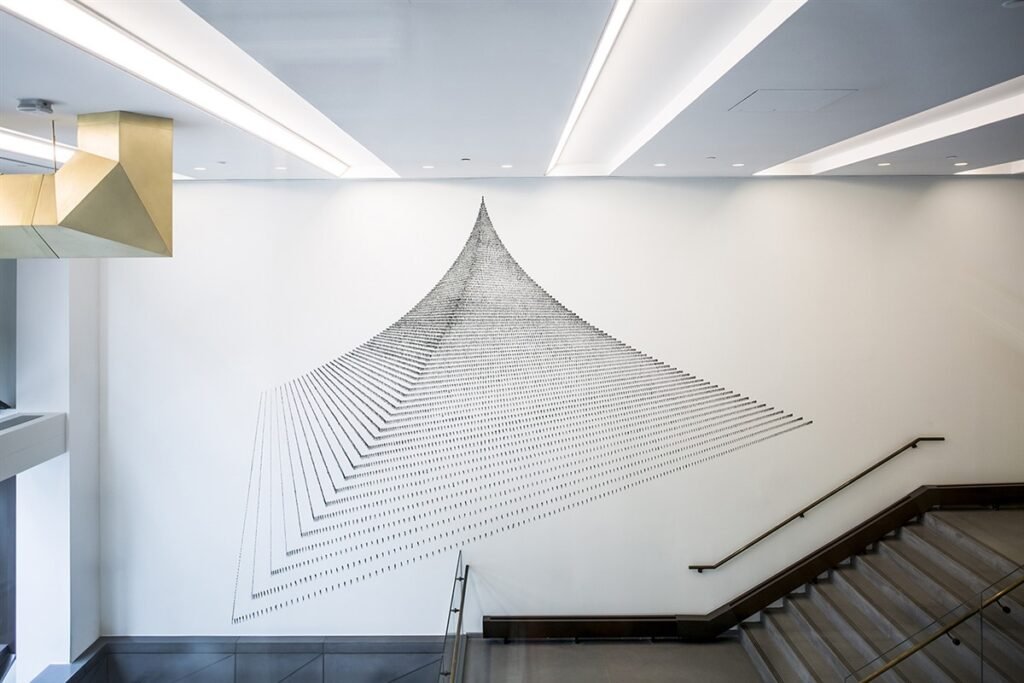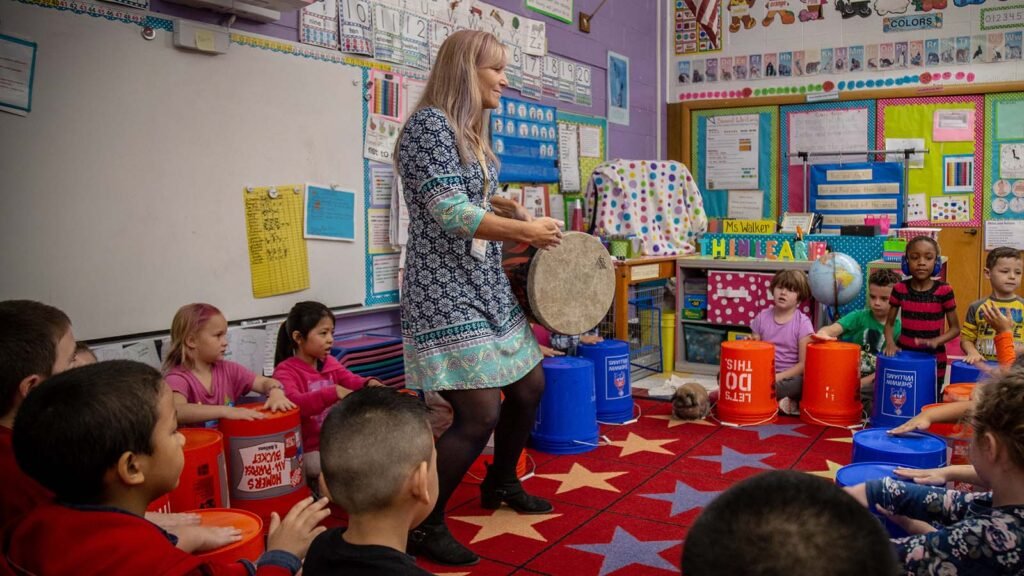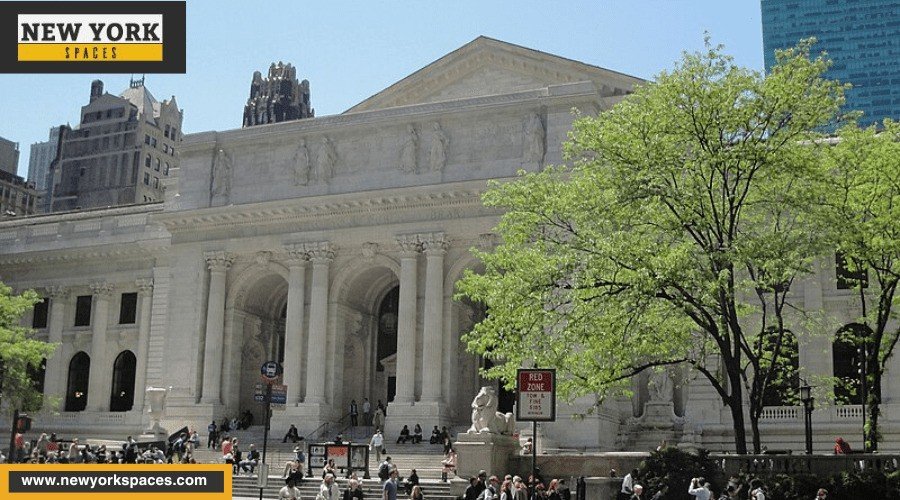
The New School NYC’s Influence on Art, Design, and Social Change
The New School, located in the heart of New York City, stands out as a progressive university with a distinctive approach to education. Since its founding in 1919, it has become a driving force in shaping the realms of art, design, and social change. The university’s commitment to nurturing creative minds and fostering social responsibility has made it a leading institution in influencing cultural, artistic, and social movements. This blog delves into how The New School NYC continues to impact these fields through its innovative programs, diverse community, and commitment to progressive education.
A Legacy of Artistic Innovation

The New School’s reputation for promoting artistic expression and creativity is deeply rooted in its history. The university is home to the renowned Parsons School of Design, one of the world’s top design schools, which has shaped generations of designers, artists, and architects. Parsons’ focus on integrating design thinking with social responsibility has produced notable alumni, including fashion designers Marc Jacobs and Tom Ford, as well as industrial designer Yves Béhar. These figures have not only made significant contributions to the world of design but have also pushed boundaries to address social issues through their work.
The university’s progressive philosophy extends beyond fashion and industrial design to encompass other art forms, including fine arts, media studies, and performing arts. The School of Drama and the School of Jazz and Contemporary Music, both part of The New School’s College of Performing Arts, offer students a unique opportunity to develop their craft under the guidance of professionals who are active in their fields. The New School’s integration of artistic disciplines allows for a holistic education that encourages students to experiment with different mediums and engage in interdisciplinary projects.
Pioneering Design for Social Change

The New School’s emphasis on design as a tool for social change is a cornerstone of its educational philosophy. Parsons’ curriculum goes beyond aesthetic considerations and encourages students to address real-world challenges through design. Courses like “Design for Sustainability” and “Social Innovation and Change” emphasize the importance of creating solutions that benefit society and the environment. By focusing on sustainability and social justice, the university fosters a new generation of designers who see their roles as extending beyond creating beautiful objects to impacting communities and initiating positive change.
One prominent example of The New School’s commitment to social design is the collaboration between Parsons and various NGOs, where students work on projects that address issues such as affordable housing, environmental sustainability, and public health. These hands-on experiences not only enhance students’ skills but also contribute tangible solutions to global problems, reflecting the university’s mission to combine creativity with activism.
Promoting Social Change through Education and Activism

The New School has a long-standing tradition of promoting social change through education. From its founding, the university has positioned itself as a haven for intellectual freedom and progressive thinking. It was originally established as a response to traditional education models, advocating for a more flexible and socially engaged approach to learning. This ethos is still evident in its curriculum, which emphasizes social justice, policy, and civic engagement across all disciplines.
The university has become a hub for discussions on social issues, often hosting lectures, workshops, and events that address topics like racial justice, economic inequality, and climate change. The New School’s Milano School of Policy, Management, and Environment, in particular, is known for its commitment to developing leaders who can address social challenges through policy and advocacy. Students are encouraged to critically engage with contemporary issues, and many programs incorporate activism and community involvement as key components of the learning process.
The Role of The New School in Shaping Cultural Movements

New York City’s vibrant cultural landscape provides an ideal backdrop for The New School’s initiatives in art, design, and social change. The university’s presence in the city has made it a catalyst for cultural movements, attracting students and faculty who are not only artists and designers but also activists and thought leaders. The dynamic environment of NYC allows The New School to collaborate with leading cultural institutions, such as the Museum of Modern Art (MoMA), the Whitney Museum of American Art, and various non-profits, providing students with opportunities to engage directly with the arts community.
Through its commitment to experimental learning, interdisciplinary programs, and social responsibility, The New School NYC has significantly influenced the fields of art, design, and social change. The university continues to shape not only the creative industries but also the way society approaches social issues, championing a vision of education that empowers individuals to be both creators and change-makers. As The New School advances into its next century, its impact on culture and society remains a testament to the power of progressive education in shaping a better future.






